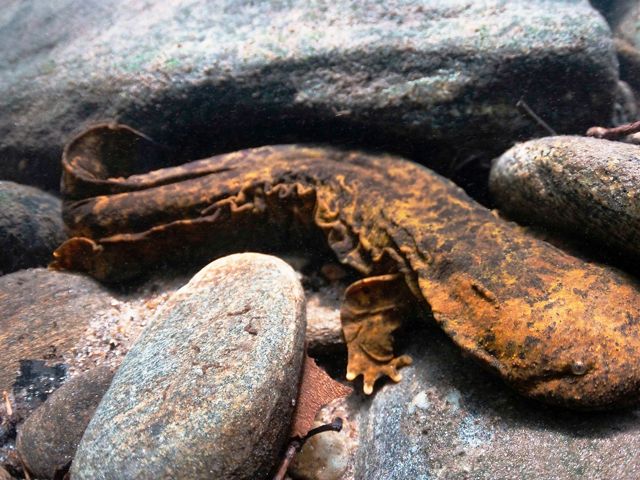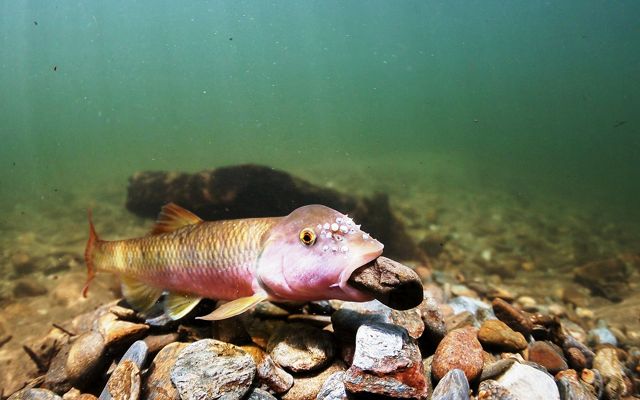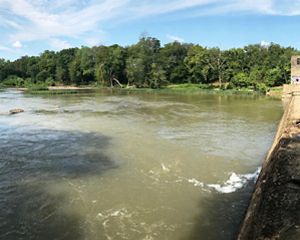This page was updated on January 11, 2021.
Fueled by the Ohio River watershed, the Tennessee and Cumberland river systems comprise 2/3 of Tennessee. These systems also boast distinct geography and ecology from the Mighty Mississippi dominating the western boundary of the state.
Formidable in their own right, more than 300 fish species and 125 species of freshwater mussels make the Tennessee and Cumberland river basins two of the most biologically diverse river systems in North America and an irreplaceable part of Tennessee’s natural heritage. These same waters are major drivers of Tennessee’s economy, and key to local livelihoods and general quality of life. They also generate hydroelectric power, support thirsty cities and crops, and fuel a booming outdoor tourism economy.
The Nature Conservancy focuses on the Tennessee and Cumberland rivers systems because water pollution, habitat fragmentation and climate change jeopardize the globally biodiverse species that depend on these river systems for all or part of their life cycle. Understanding threats and employing science to identify solutions is critical to protecting and preserving these natural treasures and communities that depend on these resources to support local livelihoods.
Unparalleled Biological Diversity
It is hard to overstate the significance of these river systems when it comes to the number of aquatic species they harbor. Together they are home to nearly two-thirds of the fish species and almost 90% of the mussel species found in North America.
However, the Tennessee and Cumberland river basins are significant not just for the number of species, but also how many are rare and endemic to the Southeast. For example, the Bluemask Darter, a stunning federally endangered species, is found only in a few tributaries of the Cumberland River’s Caney Fork Drainage and nowhere else on earth. Many of the mussel species, such as the birdwing pearlymussel, are similarly unique to Southeastern rivers. Other iconic species like river sturgeon and giant hellbender salamanders also call these waters home.

Basin-Wide Approach
For decades, TNC has worked with partners on several successful projects in both the Tennessee and Cumberland river basins. In particular, this work includes protecting and restoring key aquatic wildlife habitat in the Duck, Elk and Clinch rivers. However, balancing the needs of people and nature in the 21st century requires translating our local successes to entire river basins.
In response, TNC’s Tennessee and Cumberland Rivers program is pursuing several strategies aimed at restoring or maintaining ecosystem processes at a basin-wide scale. These strategies include:
- Working with partners to prioritize and remove or modify aquatic barriers like low-head dams.
- Promoting conservation—such as riparian buffers, exclusion fencing and exploring best management practices with local farmers—to benefit water quality for people and wildlife.
- Bringing science and habitat management expertise to watershed planning, ecosystem restoration and river management efforts.
Support Tennessee Nature
Help us work with landowners and ensure a future in which people and nature can thrive.







